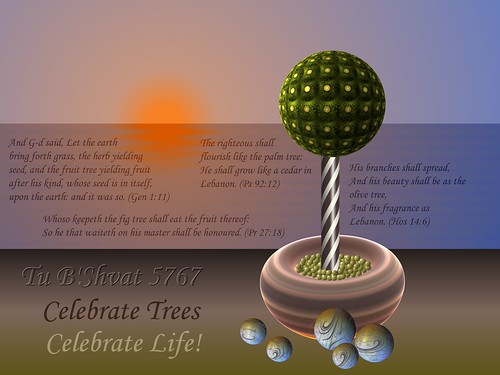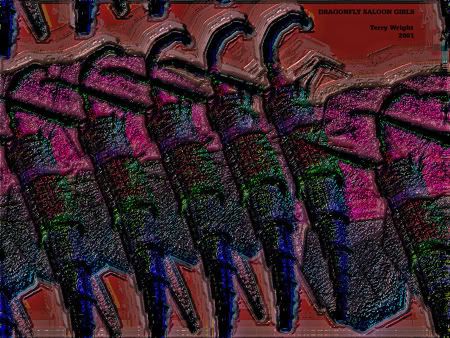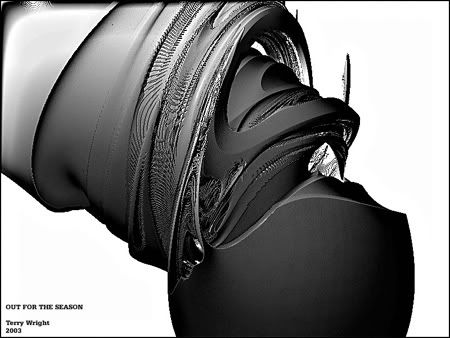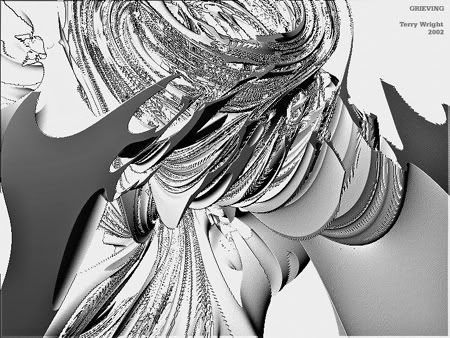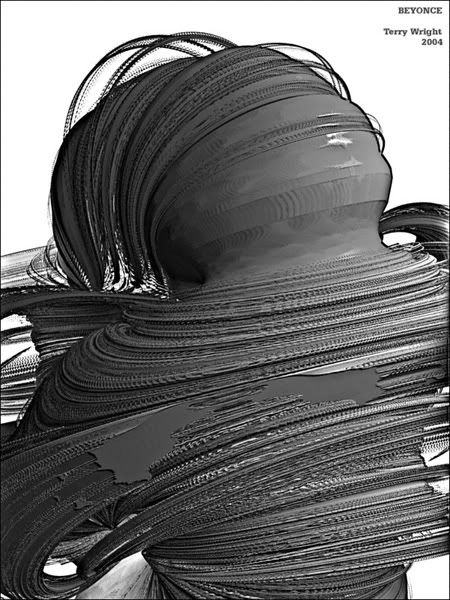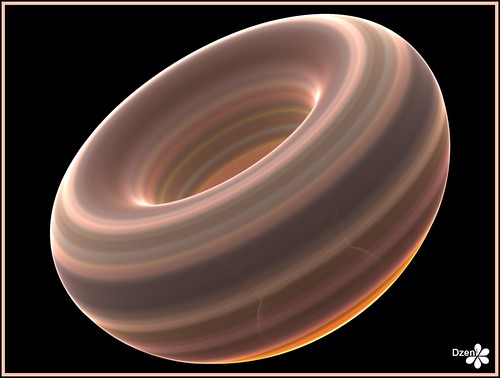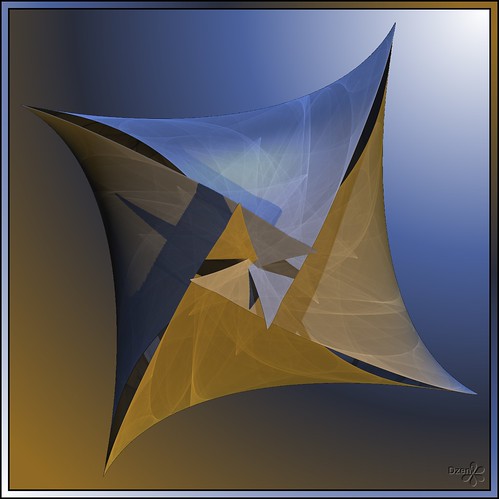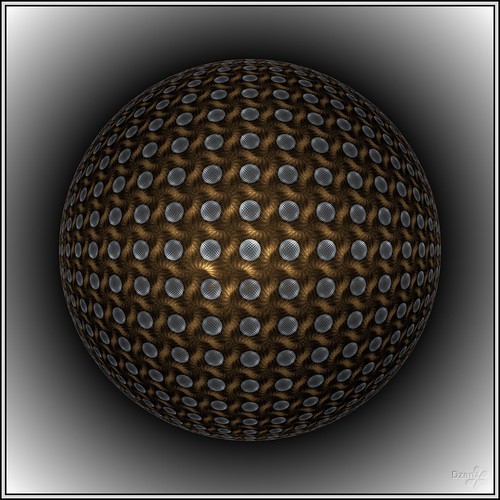
"Space travel leading to skylife is vital to human survival, because the question is not whether we will be hit by an asteroid, but when. A planetary culture that does not develop spacefaring is courting suicide. All our history, all our social progress and growing insight will be for nothing if we perish. No risk of this kind, however small it might be argued to be, is worth taking, and no cost to prevent it is too great. No level of risk is acceptable when it comes to all or nothing survival."
Gregory Benford and George Zebrowski, Skylife, 2000

"We must turn our guns away from each other and outwards, to defend the Earth, creating a global and in space network of sensors and telescopes to find asteroids that could destroy our planet and create the systems to stop them. It makes no sense to dream great dreams while waiting to be hit by a train."
Buzz Aldrin and Rick Tumlinson, Ad Astra Online, 2006.

"The question to ask is whether the risk of traveling to space is worth the benefit. The answer is an unequivocal yes, but not only for the reasons that are usually touted by the space community: the need to explore, the scientific return, and the possibility of commercial profit. The most compelling reason, a very long-term one, is the necessity of using space to protect Earth and guarantee the survival of humanity."
William E. Burrows, The Wall Street Journal, 2003

"Since, in the long run, every planetary civilization will be endangered by impacts from space, every surviving civilization is obliged to become spacefaring--not because of exploratory or romantic zeal, but for the most practical reason imaginable: staying alive... If our long-term survival is at stake, we have a basic responsibility to our species to venture to other worlds."
Carl Sagan, Pale Blue Dot, 1994

“Sooner or later, if we migrate into space, others will die there. And I am not sure that the widespread attitude toward this inescapable fact is any more realistic than it was in 1986. Death on the highway, in the air, and on mountaintops is viewed as tragic, yet hardly as grounds for abandoning cars, planes, or dangerous sports. Death in space alone has been perceived by the public as a peril that shouldn't be allowed to exist. We won't become a spacefaring species until we realize that in venturing beyond our planet, we will not leave behind any of the natural consequences of being human--of which our mortality is indisputably the most certain.”
Sylvia Engdahl, Tragedy in Space, 1986. (on the loss of Challenger Seven)
The quotes above are from Sylvia Engdahl´s Space Subsite
Sylvia´s text Tragedy in Space.






